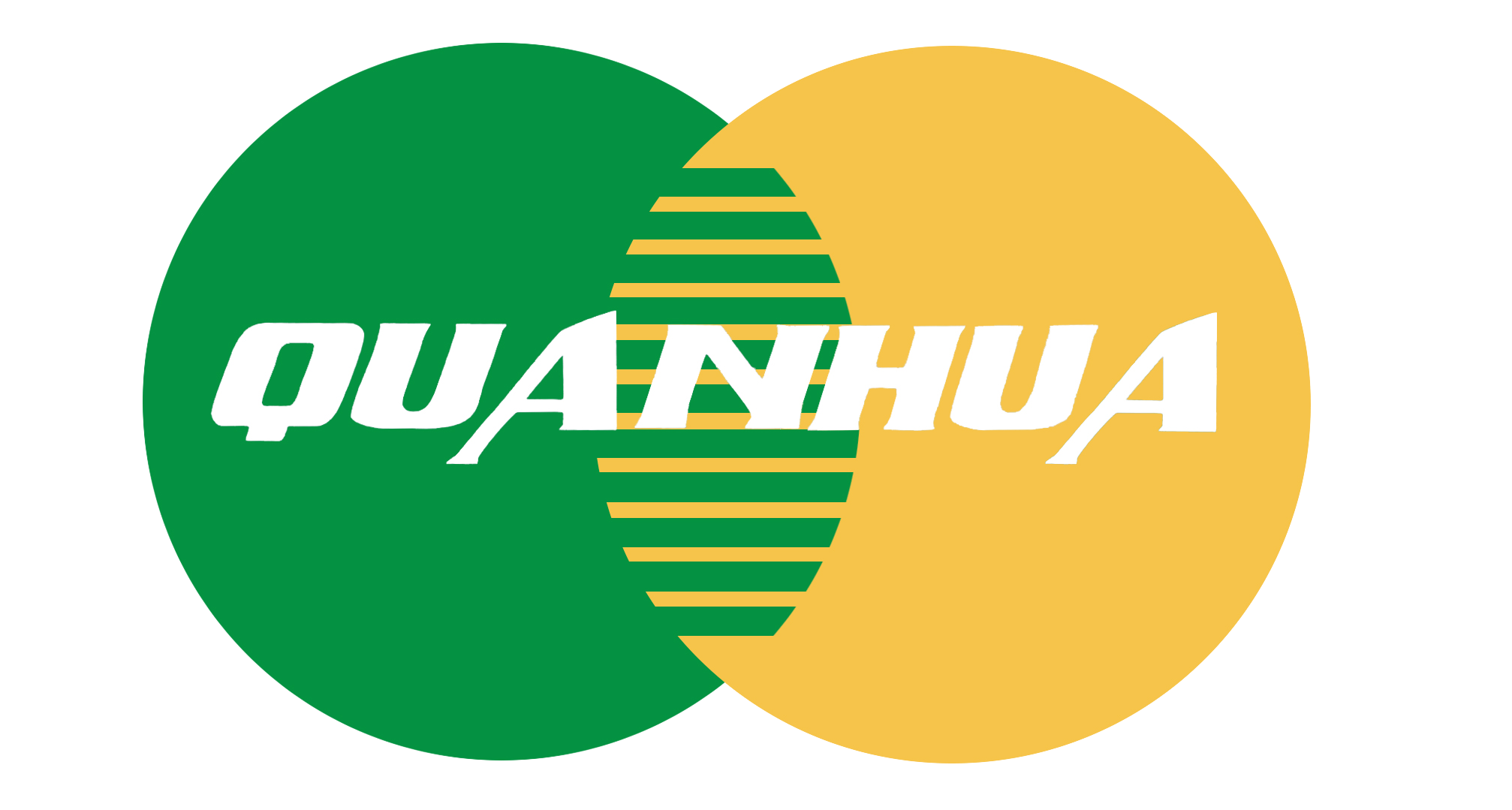Biodegradable vs Compostable Cutlery: What's the Difference?
As the movement towards environmental sustainability gains momentum, consumers are increasingly presented with eco-friendly alternatives to traditional plastic cutlery. Two terms that often arise in this context are "biodegradable" and "compostable." While they are sometimes used interchangeably, they are not the same. Understanding the differences between biodegradable and compostable cutlery can help you make informed decisions that align with your sustainability goals. In this article, we will explore these differences, the benefits of each type, and provide guidance on choosing the best option for your needs, drawing from QUANHUA’s extensive experience in the industry.
Defining Biodegradable and Compostable Cutlery
Biodegradable Cutlery
Biodegradable cutlery refers to utensils made from materials that can be broken down by natural processes involving microorganisms, such as bacteria and fungi. Over time, these materials decompose into water, carbon dioxide, and biomass. The key characteristic of biodegradable cutlery is that it eventually breaks down in the environment, but this process can vary significantly in terms of time and conditions.
Compostable Cutlery
Compostable cutlery, on the other hand, not only biodegrades but also breaks down into non-toxic, nutrient-rich compost that can benefit soil health. For a product to be labeled compostable, it must meet specific standards, such as ASTM D6400 in the United States or EN 13432 in Europe, which ensure that it decomposes within a set time frame under industrial composting conditions.
Key Differences
Decomposition Time and Conditions
Biodegradable cutlery may take a long time to break down, and the conditions required for this process can vary. Some biodegradable materials might decompose quickly under ideal conditions but linger in less favorable environments.
Compostable cutlery is designed to decompose within a specific time frame (usually within 180 days) under industrial composting conditions, which involve high temperatures, humidity, and the presence of microorganisms. This ensures a more predictable and efficient breakdown process.
End Product
The end product of compostable cutlery is compost, which is a valuable soil amendment that can enhance soil fertility and structure. Biodegradable cutlery, while breaking down into natural elements, does not necessarily provide the same environmental benefits as compost.
Certification Standards
Compostable products are subject to stringent certification standards that verify their ability to break down safely and beneficially. Biodegradable products do not have such rigorous standards, meaning their environmental impact can be less certain.
Benefits of Each Type
Biodegradable Cutlery
Versatility: Biodegradable cutlery can be made from various materials, including plant-based plastics, making it suitable for a wide range of applications.
Reduced Plastic Pollution: Biodegradable utensils help reduce the accumulation of traditional plastics in the environment, mitigating pollution.
Incremental Improvement: While not as beneficial as compostable cutlery, biodegradable cutlery is still a step towards reducing the environmental footprint of disposable utensils.
Compostable Cutlery
Environmental Benefits: Compostable cutlery contributes to the creation of nutrient-rich compost, supporting sustainable agriculture and soil health.
Predictable Breakdown: With established certification standards, compostable cutlery ensures a reliable and efficient decomposition process.
Regulatory Compliance: Many regions are implementing regulations that favor compostable over biodegradable products, making compostable cutlery a more future-proof choice.
Choosing the Right Option
Assess Your Needs
Consider the context in which the cutlery will be used. For instance, if you have access to industrial composting facilities, compostable cutlery is the better choice due to its predictable and beneficial decomposition process. If composting facilities are not available, biodegradable cutlery might be a more practical option.
Check Local Regulations
Regulations regarding disposable cutlery can vary by region. Some areas may have specific requirements for compostability, while others may accept biodegradable alternatives. Ensure that your choice complies with local waste management policies.
Evaluate Brand Credibility
Choose products from reputable manufacturers who adhere to certification standards and are transparent about their materials and processes. QUANHUA, for instance, offers a range of certified compostable and biodegradable cutlery that meets international standards, ensuring both environmental and functional quality.
Consider the Environmental Impact
Weigh the environmental benefits of each option. While both biodegradable and compostable cutlery are better than traditional plastics, compostable cutlery offers a more comprehensive environmental solution by contributing to soil health through composting.
QUANHUA’s Commitment to Sustainability
At QUANHUA, we are dedicated to producing high-quality, eco-friendly cutlery that meets the diverse needs of our customers. Our products are made from renewable resources and designed to minimize environmental impact. With years of industry experience, we continuously innovate to provide sustainable solutions that do not compromise on performance or durability.
Conclusion
Understanding the differences between biodegradable and compostable cutlery is crucial for making informed, eco-friendly choices. While both options offer significant environmental benefits over traditional plastics, compostable cutlery provides additional advantages through its contribution to soil health and compliance with strict certification standards. By assessing your needs, checking local regulations, and choosing reputable brands like QUANHUA, you can make a positive impact on the environment. Explore our range of sustainable cutlery options atQUANHUA and join us in our mission to protect the planet.

